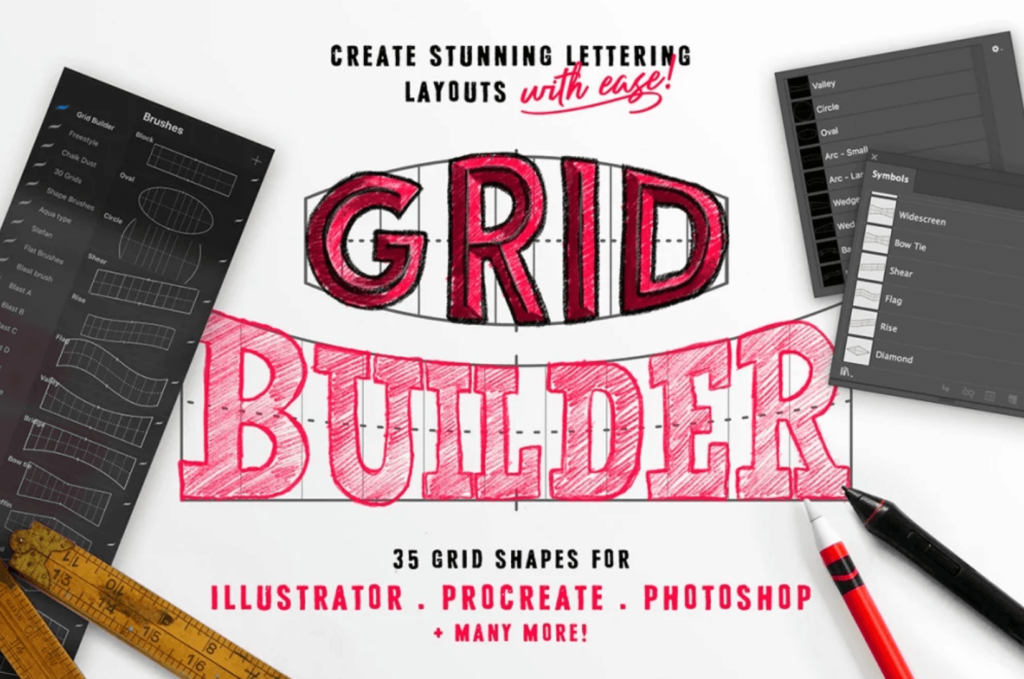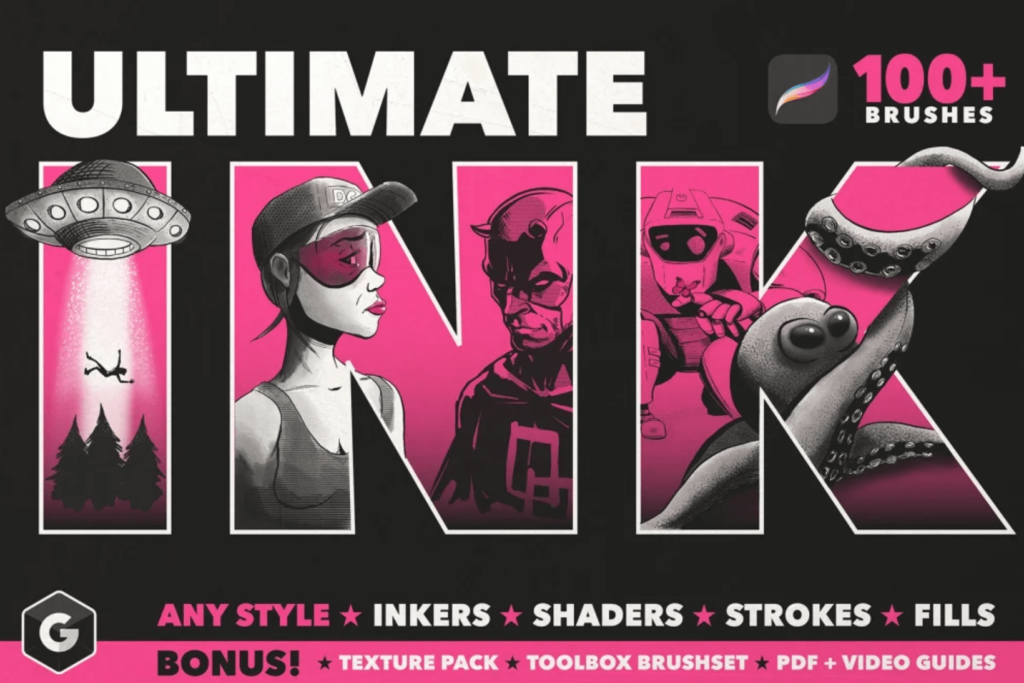Yikes! That sounds like a shocker for some of you that aren’t creative, but for those young designers starting their careers off, trying to fill their portfolios, nobody cares if you invented the idea. You just need to be good at what you do first! Originality can come after
Copy, copy, copy. But do it like an artist.
“No idea’s original, there’s nothing new under the sun. It’s never what you do but how it’s done.” Nas said it best, but he got it from Solomon in Ecclesiastes 1:9, and that just proves the point. You’re probably a little shocked by this one, but it’s true. You should be copying everything you like, so you can figure out how it’s done. It’s how humans learn. Everybody copies. That’s not the point, though. When I was new, I’d try and copy something and try really hard to make it not appear to be copied, but it’s cause I was focused on being original more than I was focused on building my skills. That’s the problem.
Babies learn language by hearing other people speak. Eventually they start making sounds that are almost like words, but not quite. My son loves Mickey Mouse and the Ninja Turtles. One was “Mimmy” and the other sounds sort of like “Toe-tole,” but he’s figuring it out over time. Mimmy became Mimouse (and Mimmy was then Minnie) and then recently has developed into, “Mickey On. Mote mote!” He’s now moved on to saying Mickeh-Mouse.
When my daughter was 4, she was extremely well spoken with a great vocabulary, but she used words improperly or didn’t know what they meant. She said those words because she heard them. The same is true with design.
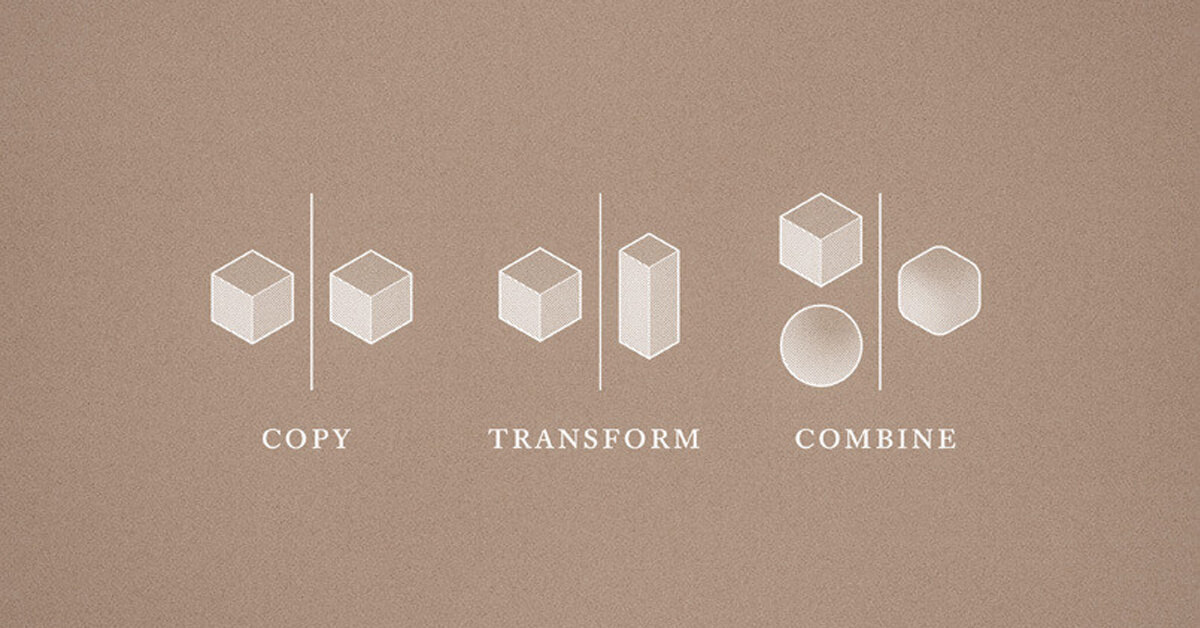
You’ll start off maybe doing something a little odd or maybe incorrect as far as best practices goes, but if you look at designers that you admire and copy their work, eventually it’ll start clicking. One caveat to this one, though. You gotta credit the artist you’re copying. Don’t go posting it on your blog or your IG as if it were your own work – that’s called plagiarism, and plagiarism isn’t cool. Give a shoutout to the original designer, @tag them or share it with them.
I still do this. In fact I did it yesterday on my Instagram. Imitation is the most sincere form of flattery, after all, and you may get some important eyes looking at your portfolio.
I copy stuff even to this day, sometimes pretty boldly other times really loosely. My wife’s a tough client, and when she asks for a birthday invite for one of our kids’ parties, I just tell her to find me something she likes, and I replicate it. How much I change it depends on how much she’ll let me get away with. The idea here is that my wife isn’t looking for the most original, unique invites. She wants what she showed me, but she wants me to do it – simple as that.
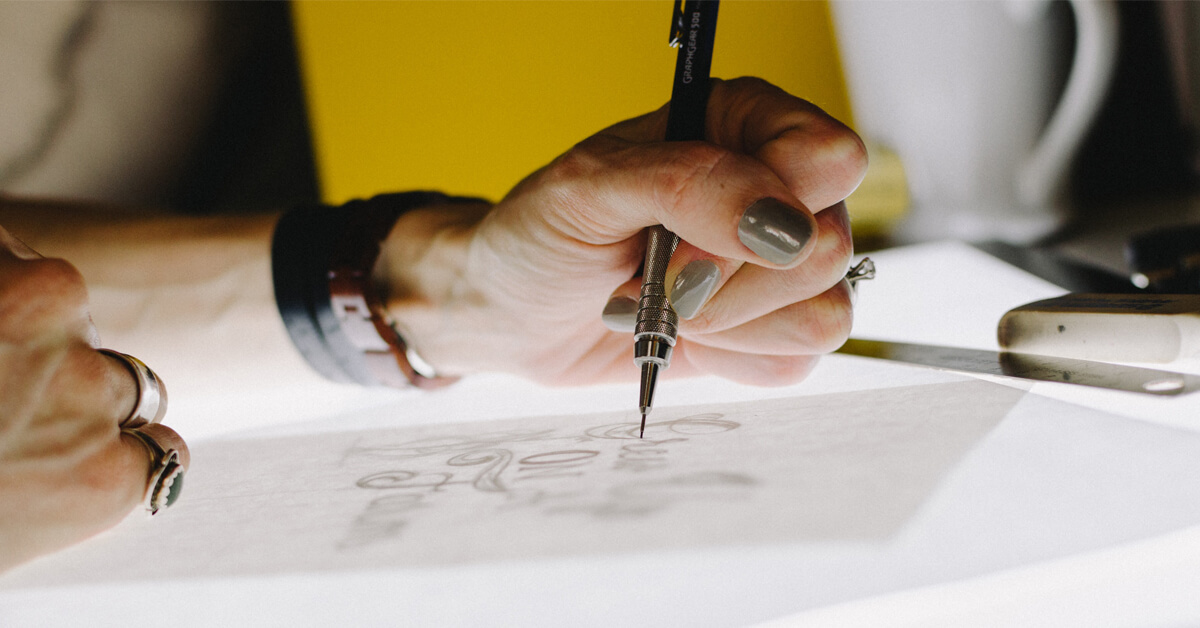
This practice is really useful for developing your techniques and mastering the tools. I used to do a tutorial a day almost every day, but over time it stopped being fun because much of it I’d already learned or mastered. When that happened, I started opening up old tuts, and reworking them. Take a gig poster for example, I completely followed the tut step by step the first time, but the second time I redid it and made it for Bill Withers and made another for Jimmy Hendrix. Now I’ve copied, replicated, and taken the techniques and applied them to my own concepts.
Some times when copying isn’t cool. If you’re working with a paying client, don’t copy (unless they’ve explicitly asked you to, in which case, explain your position on the matter.) If you’re doing branding work, don’t copy. That’s dumb. It defeats the purpose of branding. Also, if you’re doing work for products, like a clothing line or something similar, don’t copy. That’s also dumb, and you’ll be spotted either way.
Some times when it’s perfectly cool. When it’s for fun, practice, growth, etc. When the files are literally given to you, and the job is just to change the names and dates, etc. When you’re explicitly asked to, however, it’s one thing to copy somebody’s layout of a club flyer, it’s another thing to rip off their logo. You know the difference. Use your gut. Over time you should begin transforming what you copy, combining it with other things you know, and eventually you’ll have a product that’s both good and original. Just focus on being good first. It’ll give you confidence.
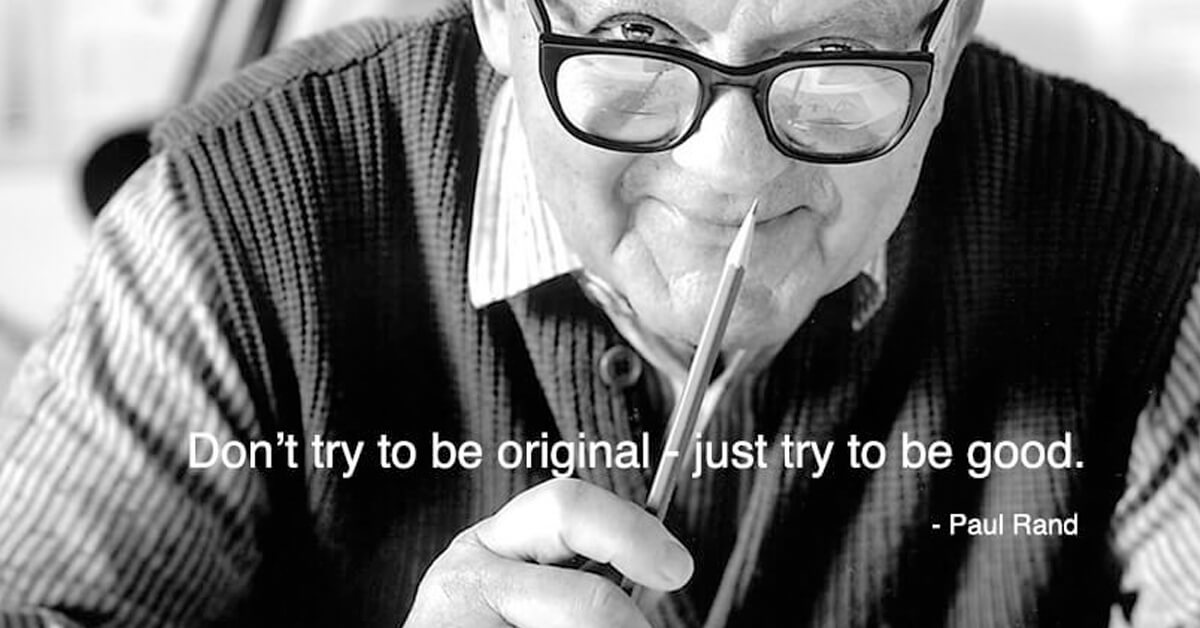
Copying has the ability to teach you, but be responsible. Use your instincts, and share appropriately. If you’re not sure, ask a friend with a good moral compass for some advice. In the next blog, I’ll share a little bit about portfolios and what that looks like for me currently.






